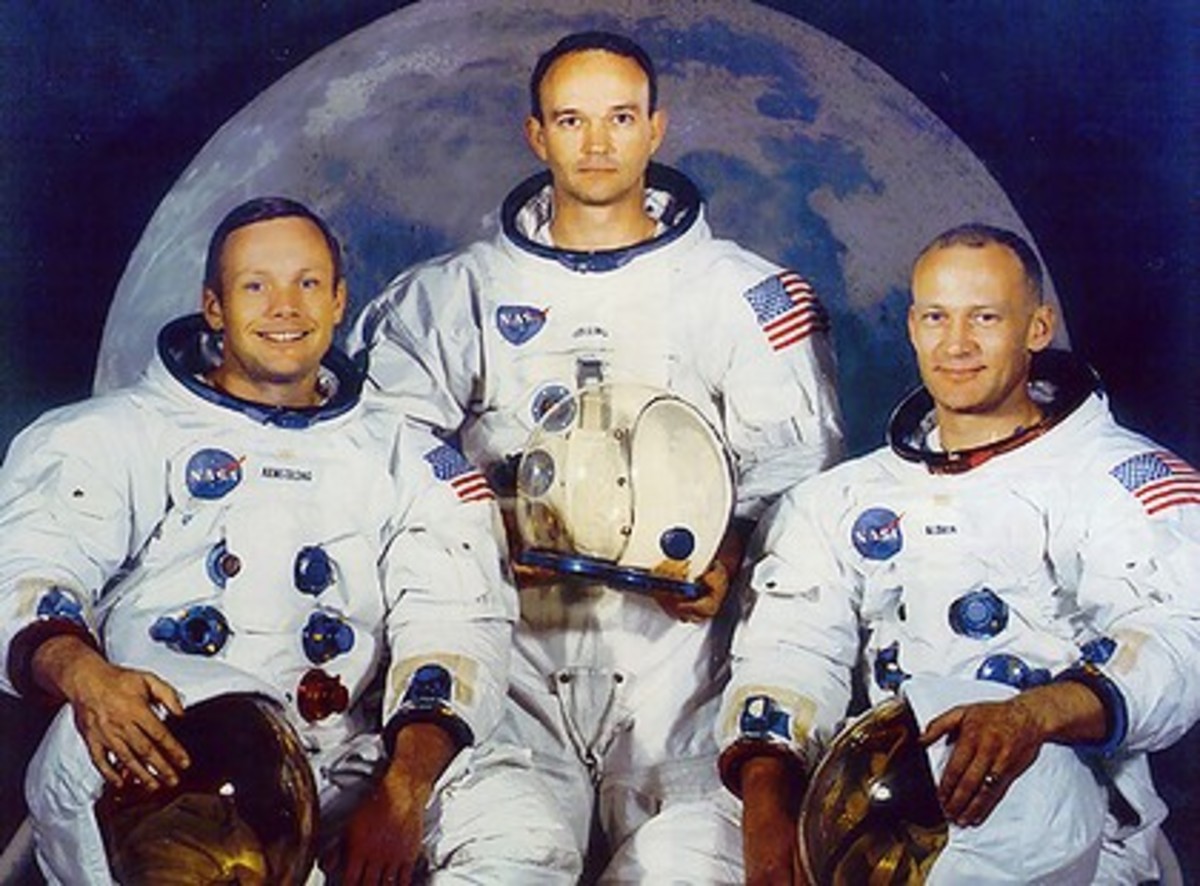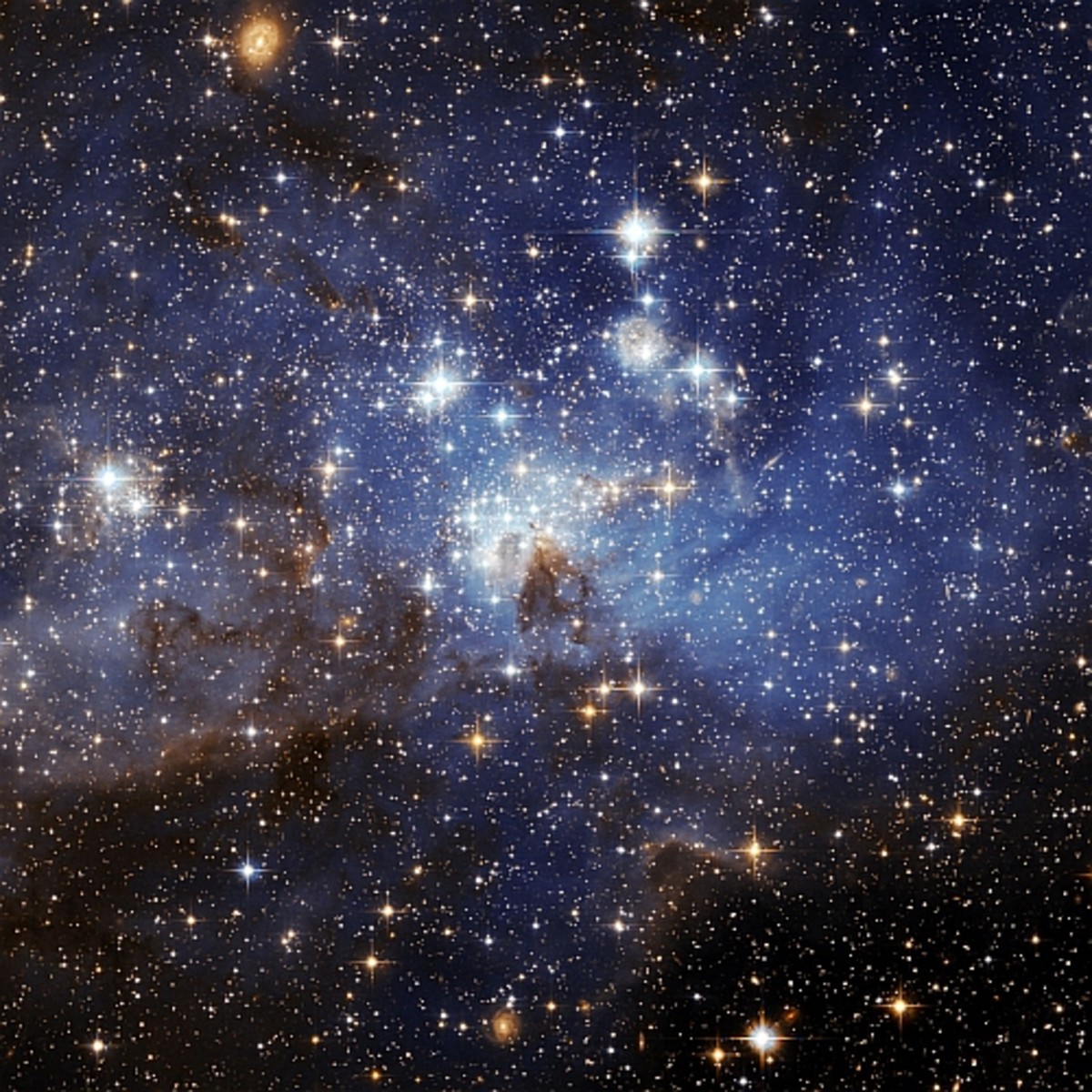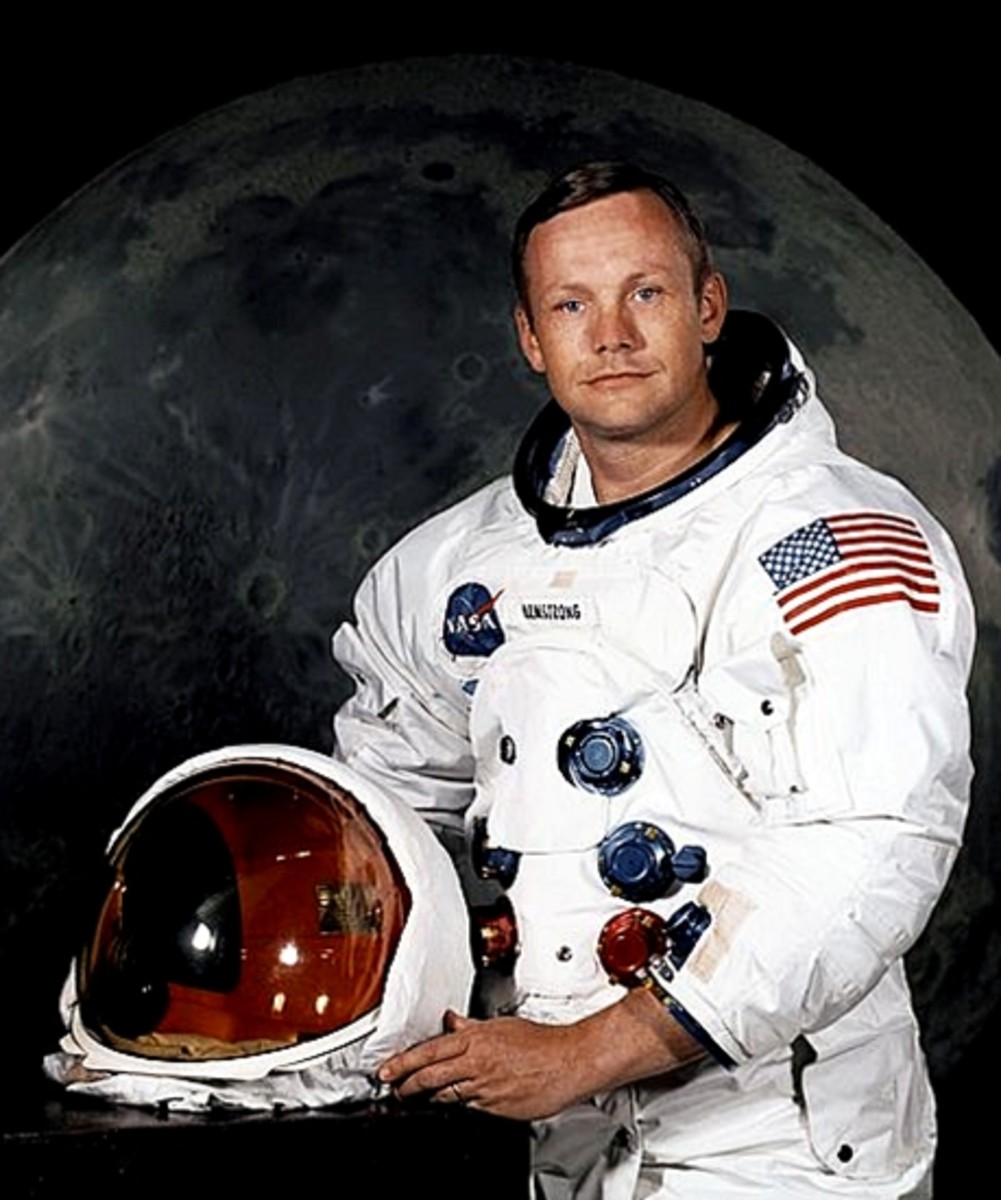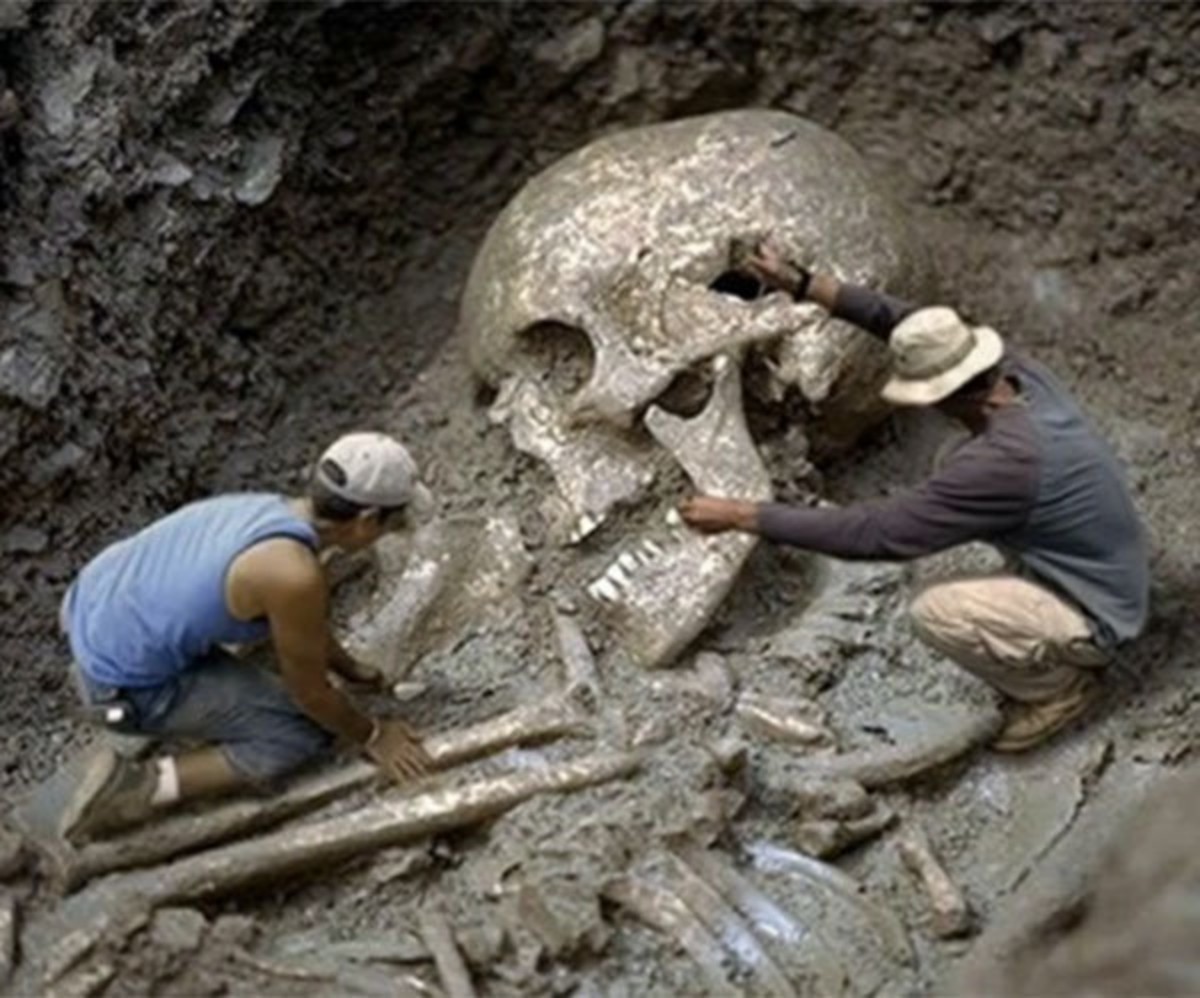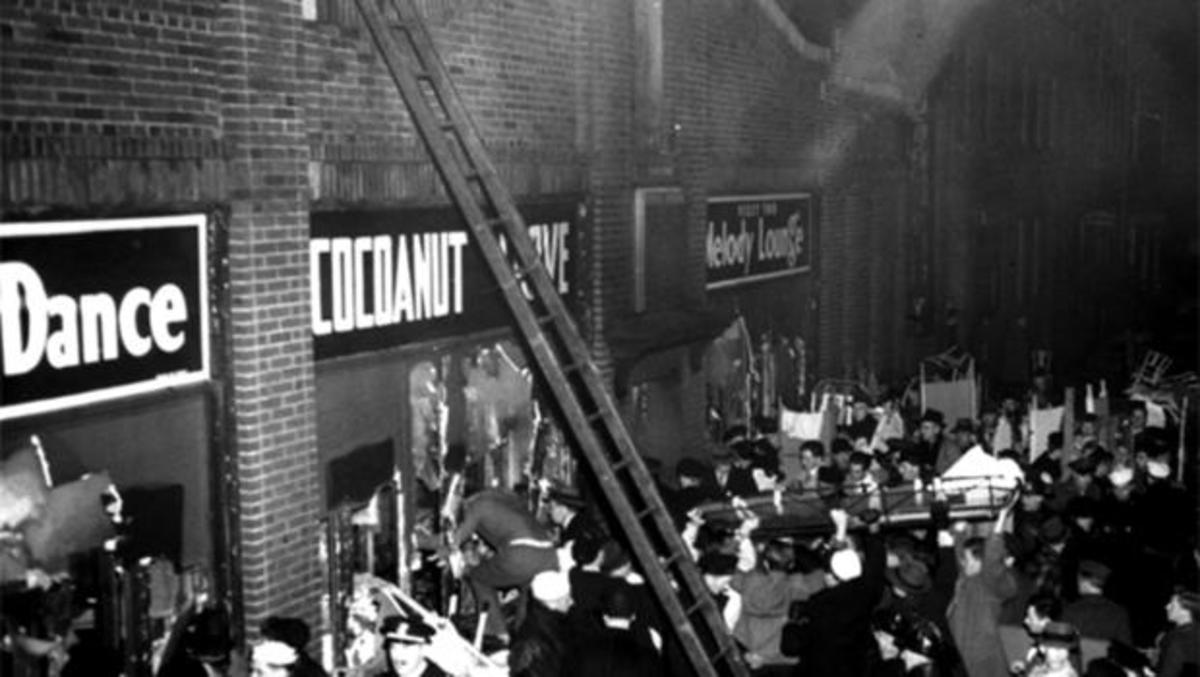45 Years Ago, The First Men Walked on the Moon
On this Day in History...
Today marks a momentous anniversary in the history of space travel. In the past 45 years, the human race has made leaps and bounds in its progress of discovering the nature and contents of the space that lies beyond our own planet. However, on this day, we look back to a time when that exploration of space was dominated primarily by competition between the two great superpowers of the world: the United States, and the USSR. The Space Race was the driving force behind most extra-terrestrial exploration, and 45 years ago today, the Space Race ended when an astronaut by the name of Neil Armstrong became the first man to walk on the moon.

JFK's Vision
The concept for a manned moon landing was first proposed by President John F. Kennedy in a speech before Congress on May 25, 1961. He was responding to the Bay of Pigs fiasco, the aftermath of which resulting in a significant loss of popularity for Kennedy. In an effort to restore confidence in the American people during the ongoing Cold War, Kennedy stated, "I believe that this nation should commit itself to achieving the goal, before this decade is out, of landing a man on the Moon and returning him safely to the Earth."

The Crew
The fulfilment of this goal was eight years in the making. By 1969, NASA had assembled a team of intrepid scientists and explorers to attempt the first manned landing on the moon. The crew of the spaceship was comprised of three men:
- Neil A. Armstrong: Commander
- Edwin "Buzz" E. Aldrin, Jr.: Lunar Module (LM) Pilot
- Michael Collins: Command Module (CM) Pilot
NASA also assembled a backup team, in the event that Armstrong, Aldrin, or Collins would be unable to make the trip:
- James A. Lovell, Jr.: Commander
- William A. Anders: CM Pilot
- Fred W. Haise, Jr.: LM Pilot
The support crew consisted of a highly trained team of experts, dedicated to keeping the lunar crew alive throughout their journey:
- Charlie Duke, Capsule Communicator (CAPCOM)
- Ronald Evans (CAPCOM)
- Owen K. Garriott (CAPCOM)
- Don L. Lind (CAPCOM)
- Ken Mattingly (CAPCOM)
- Bruce McCandless II (CAPCOM)
- Harrison Schmitt (CAPCOM)
- Bill Pogue
- Jack Swigert
- Cliff Charlesworth (Green Team): launch and extra-vehicular activity (EVA)
- Gene Kranz (White Team): lunar landing
- Glynn Lunney (Black Team): lunar ascent
(Incidentally, film buffs will recognize the names James Lovell, Fred Haise, and Jack Swigert, because those three astronauts made up the crew of the Apollo 13 mission, popularized by the movie of the same name. The three astronauts were played by Tom Hanks, Bill Paxton, and Kevin Bacon respectively).

Construction of Apollo 11

How to Make a Spaceship
The construction of a spaceship at that point in time involved three separate parts that came together to form the whole. First, the Command Module (CM) was equipped with a cabin and was responsible for conveying astronauts through space. In the case of the Apollo 11 mission, the CM was named Columbia, a reference to Jules Verne's 1865 novel From the Earth to the Moon. Second, the Service Module supported the CM with propulsion, electrical power, oxygen, and water. Finally, the Lunar Module (LM) was designed to convey the astronauts from the CM to the moon's surface. The LM of the Apollo 11 mission was named Eagle, a reference to the United States' national symbol.
--The crew of the previous mission, Apollo 10, had named their CM Charlie Brown and their LM Snoopy, with the result that Apollo 11's crew was instructed to be less flippant with their choice of names.--

Traveling from the Earth to the Moon and Back
Launching a manned crew through space on a journey to the moon is a complicated process, fraught with danger. The first thing a spaceship must do, of course, is leave the Earth's gravitational pull. The best way to accomplish this is through the use of rockets, because a rocket is the only known form of propulsion which can continue to increase its speed at high altitudes outside the atmosphere. The next step, after traveling the necessary distance between the Earth and the moon, is to decelerate its speed to compensate for the moon's own gravitational pull. A speed of 100 mph at approach (when combined with a sufficiently "rugged" craft) will result in a "hard landing," which is all well and good with an unmanned craft. However, in the case of the Apollo 11 mission, a "soft landing" was the only option. This meant that the craft had to slow down to a significantly lesser speed; this was accomplished through the use of a landing rocket, carried into space by the original launch vehicle.
After exploration of the moon is complete, the crew must get back to Earth. Again, rockets are necessary in order to escape the moon's gravitational pull. Upon reaching Earth, the craft must compensate for the kinetic energy caused by the friction of the spacecraft traveling through the atmosphere, as well as reduce its speed for a safe landing. Heat shields and parachutes come in handy to accomplish those tasks, and with all preparation and any luck, a manned spacecraft can safely travel from Earth to the moon and back--just as it did 45 years ago.
The First Moon Landing
The Eagle landed on the moon on July 20th, 1969, piloted by Aldrin and Armstrong. Collins remained on the Columbia, in an orbit around the moon. Aldrin and Armstrong landed in the Sea of Tranquility, a large lunar mare, or volcanically-formed basaltic plane on the surface of the moon. Stepping down onto the surface of the moon, Armstrong famously said, to all those listening to his radio broadcast, "That's one small step for [a] man, one giant leap for mankind." Aldrin and Armstrong spent a total of two and a half hours exploring the surface of the moon. They collected samples of the fine gray dust that coated the moon's surface (within which, the minerals armalcolite, tranquillityite, and pyroxferroite were discovered for the first time), they took photos of their travels, and made a phone call to President Nixon, which Nixon described as "the most historic phone call ever made from the White House." Before departing in the Eagle, Aldrin and Armstrong left a specially-designed American flag, and a plaque bearing this message:
Here men from the planet Earth first set foot upon the Moon, July 1969 A.D. We came in peace for all mankind.

Coming Back to Earth
On July 21st, 1969, the crew of the Apollo 11 mission splashed down in the middle of the Pacific Ocean, about 2,660 km east of Wake Island, and were recovered by the USS Hornet. In the years that followed, the three members of the Apollo 11 crew went on to life outside the space program. Armstrong became a teacher and spokesperson, before his death on August 25, 2012. Aldrin is credited with the discovery of a special spacecraft trajectory (now known as the Aldrin cycler) which would allow spacecraft to pass near the planets Earth and Mars on a regular basis. Collins served briefly as the Assistant Secretary of State for Public Affairs under President Nixon, and then become the director of the National Air and Space Museum and undersecretary of the Smithsonian Institution, before starting his own consulting firm. All three men wrote of their experiences traveling through space, and they have all remained national icons for their brave deeds in space exploration.
Space Travel Today
In the 45 years since Armstrong, Aldrin, and Collins conducted the first manned mission to the moon, the human race has continued to explore the depths of space. Besides conducting five more successful manned moon landings, exploration has been pushed even beyond the bounds of the known Solar System, as with the Pioneer 10 mission, which traveled beyond the orbit of Neptune. And only two years ago, the Curiosity landed on the surface of Mars, leading to increased knowledge and understanding of the Red Planet. Looking back on the progress the human race has made in its exploration of space, who knows what the future of space travel will hold?


